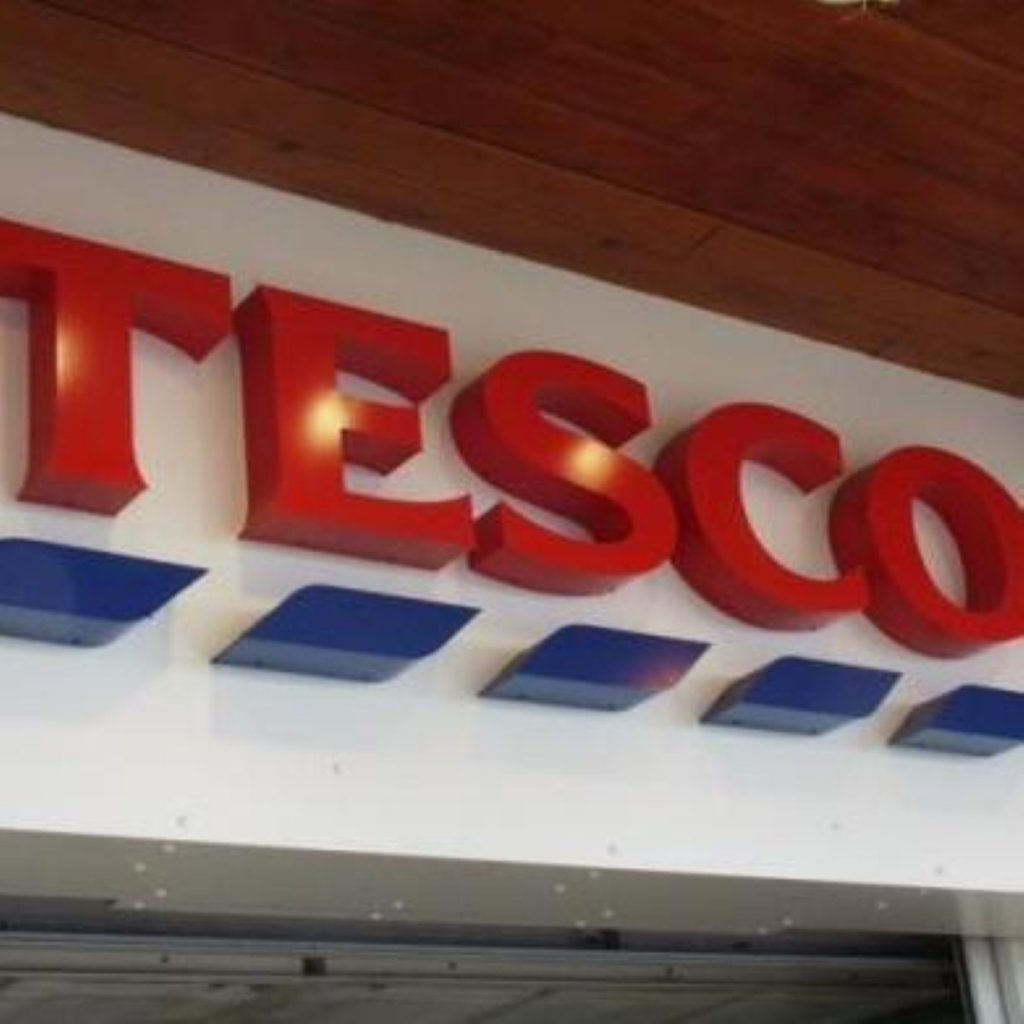Tesco reveals ‘outstanding’ results
Tesco, Britain’s leading supermarket chain, today announced a pre-tax profits of £628m for the half-year to August, a 17.4% increase on the same period last year.
Like-for-like sales were up by 6.3%, with overall sales up by more than twice that figure.
And the supermarket giant appears to be succeeding where other British retail brands have failed, with its international profits increasing by a massive 66% to £98m.
Chief executive Sir Terry Leahy commented: “It has been an outstanding first half. Customers have told us what they want and we have been doing a better job for them right across the group. Our results show all four parts of the strategy are delivering for customers and shareholders.”


Tesco has successfully acquired international assets as well as the T&S stores at home, which have delivered significant growth.
The company is now awaiting a decision on Safeway from Patricia Hewitt later this month following the results of the competition investigation into potential buyers.
But the company claims to have “avoided distraction” from the issue, adding: “No matter what the outcome, we will remain focused on delivering the best for customers.”
Jeremy Batstone, director of investment strategy with the Fyshe Group, commented on the results: ‘Tesco will probably be precluded from bidding for Safeway, but it hardly needs it. Market share has gone up – it has about 27% of the UK food retailing industry.”
“It seems that everything they touch turns to sort of foodie gold,” he added.
The company seems to have hit on a winning formula by investing in new stores and focussing on sales growth, at the same time as promising to cut costs to the tune of £180m this year.
Its other brands, including Tesco Personal Finance and its online shopping service, also had significant increases in profits for the half-year. And Tesco is now about to launch a mobile phone service.
The company believes there is still room for development because although it has more than a quarter of the grocery market, its overall market share – including non-food products – is just half that.












